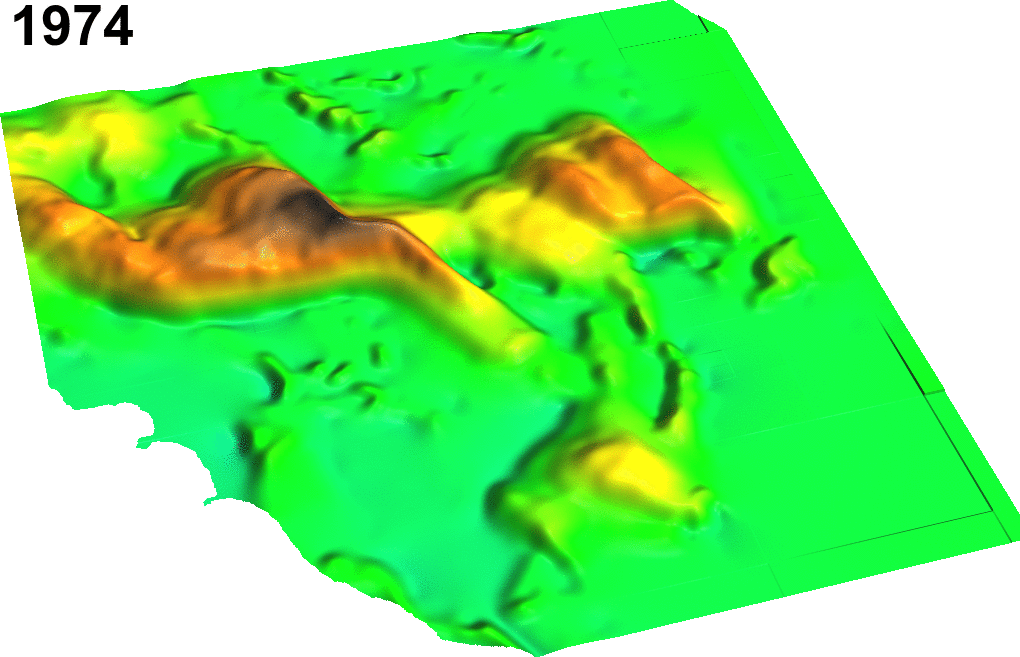

Resolution and the resulting raster will have that resolution (see more below for more When the resolution=value parameter is used, the binning is done using the provided Point cloud, so the resulting raster will have extent based on the input point cloud. When using the -e flag, the binning will be done in the extent of the Since a new raster map is created during the binning, the binning of points depends on theĬurrent computational region settings (extent and resolution) by default (see more aboutīinning below). The user may choose from a variety of statistical methods which will be used for binning The r.in.lidar module loads LAS LiDAR point clouds into a new raster map using binning. If not specified, all points are imported. Options: first, last, mid class_filter= integer If not specified, all points are imported Only import points of selected return type The scale for Z is applied beforehand, the range filter for Z afterwardsĪpplied after base_raster transformation stepįilter range for intensity values (min,max)ĭiscard given percentage of the smallest and largest valuesĭiscard percent of the smallest and percent of the largest observations Subtract raster values from the Z coordinates Trimmean: Trimmed mean of point values in cell Skewness: Skewness of point values in cell Percentile: pth (nth) percentile of point values in cell Median: Median value of point values in cell Variance: Variance of point values in cellĬoeff_var: Coefficient of variance of point values in cell Stddev: Standard deviation of point values in cell Mean: Mean (average) value of point values in cell Max: Maximum value of point values in cell Min: Minimum value of point values in cell Options: n, min, max, range, sum, mean, stddev, variance, coeff_var, median, percentile, skewness, trimmeanĭefault: mean n: Number of points in cell LiDAR input files in LAS format (*.las or *.laz) Points invalid according to APSRS LAS specification will be filtered outĪllow output files to overwrite existing files Use base raster resolution instead of computational regionįor getting values from base raster, use its actual resolution instead of Use Z values for filtering, but intensity values for statistics Uses intensity values everywhere as if they would be Z coordinates Use intensity values rather than Z values In scan mode, print using shell script style Override projection check (use current location’s projection)Īssume that the dataset has same projection as the current location Set computation region to match the 2D extent and resolution of the newly created new Set computation region to match the new raster map Set internally computational region extents based on the point cloud Use the extent of the input for the raster extent SYNOPSIS r.in.lidar r.in.lidar -help r.in.lidar Raster, import, LIDAR, statistics, conversion, aggregation, binning NAME r.in.lidar - Creates a raster map from LAS LiDAR points using univariate statistics.


 0 kommentar(er)
0 kommentar(er)
